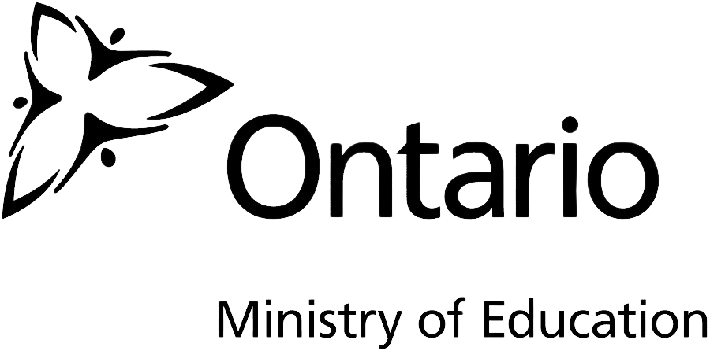
Martin Doherty is the CEO of Ethos Education & Canadian Global Academy : the exclusive authorized provider of the renowned 3rd globally ranked Ontario Ministry of Education‘s curriculum and Digital Learning Platform outside of Canada. He is also the founder the cutting edge magazine, Education Distruptor.
Through our School Partnership Program, we empower schools worldwide to attain Canadian Accreditation, providing the opportunity to establish themselves as Canadian Accredited schools. Additionally, home-based businesses can run their own Canadian Accredited Micro-School. Contact us today to learn more!
Related Posts
- What Financial Metrics Attract Education Investors?
Discover the key financial metrics that draw education investors & secure robust School Funding &…
- What Public Funding Fuels Growth of STEM Centers?
Explore how School Funding & Investment catalyzes the expansion of STEM education hubs, nurturing future…




